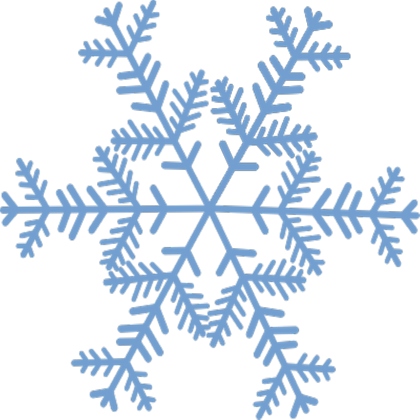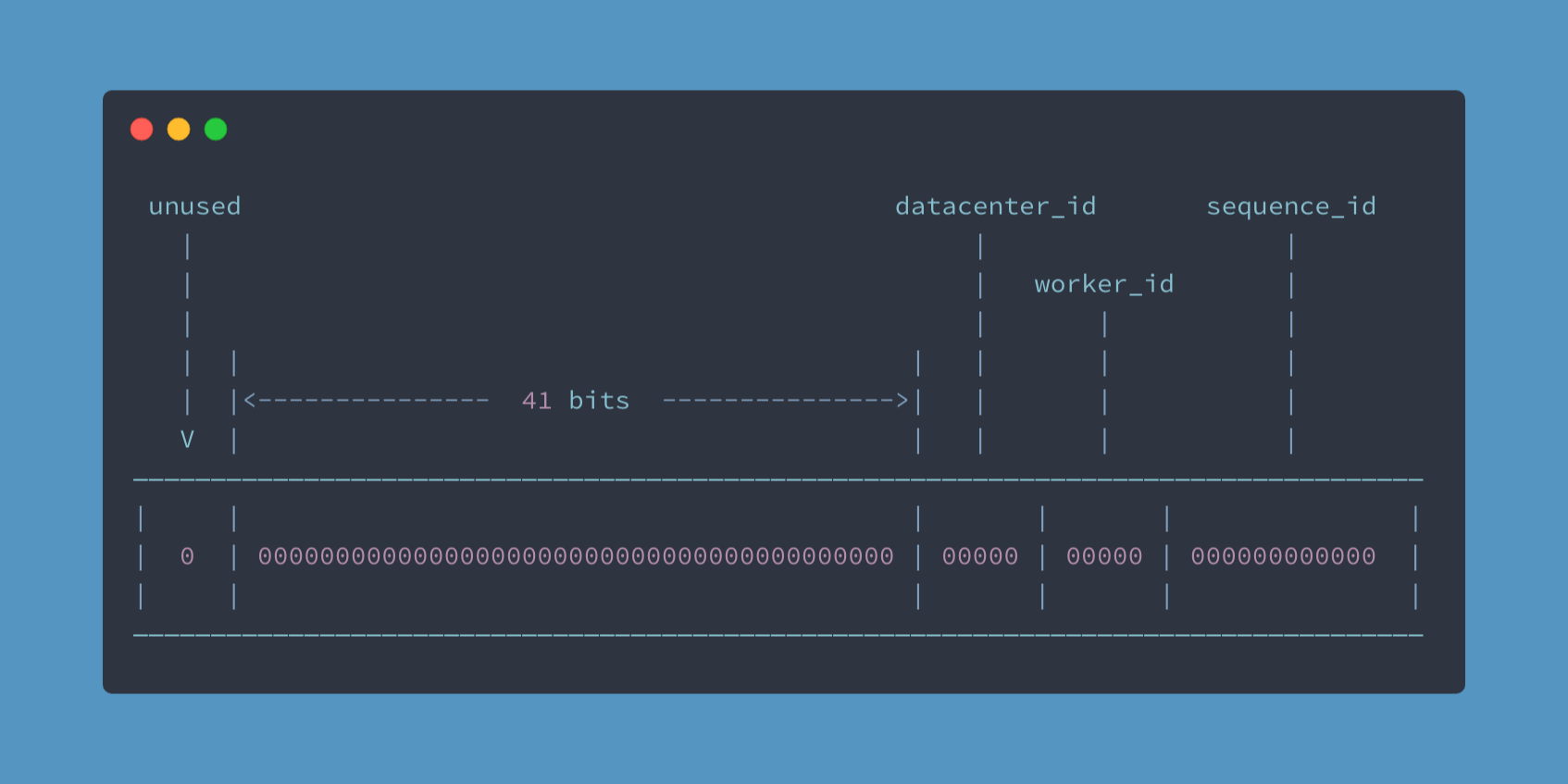 Documentation
¶
Documentation
¶
Overview ¶
Package snowflake is a network service for generating unique ID numbers at high scale with some simple guarantees. The first bit is unused sign bit. The second part consists of a 41-bit timestamp (milliseconds) whose value is the offset of the current time relative to a certain time. The 5 bits of the third and fourth parts represent data center and worker, and max value is 2^5 -1 = 31. The last part consists of 12 bits, its means the length of the serial number generated per millisecond per working node, a maximum of 2^12 -1 = 4095 IDs can be generated in the same millisecond. In a distributed environment, five-bit datacenter and worker mean that can deploy 31 datacenters, and each datacenter can deploy up to 31 nodes. The binary length of 41 bits is at most 2^41 -1 millisecond = 69 years. So the snowflake algorithm can be used for up to 69 years, In order to maximize the use of the algorithm, you should specify a start time for it.
Index ¶
Constants ¶
const ( TimestampLength = 41 MachineIDLength = 10 SequenceLength = 12 MaxSequence = 1<<SequenceLength - 1 MaxTimestamp = 1<<TimestampLength - 1 MaxMachineID = 1<<MachineIDLength - 1 )
These constants are the bit lengths of snowflake ID parts.
Variables ¶
This section is empty.
Functions ¶
func SetDateCenterIdWorkerId ¶ added in v1.0.0
func SetDateCenterIdWorkerIdWithLen ¶ added in v1.0.0
func SetMachineID ¶
func SetMachineID(m uint16)
SetMachineID specify the machine ID. It will panic when machineid > max limit for 2^10-1. This function is thread-unsafe, recommended you call him in the main function.
func SetStartTime ¶
SetStartTime set the start time for snowflake algorithm.
It will panic when:
s IsZero s > current millisecond current millisecond - s > 2^41(69 years).
This function is thread-unsafe, recommended you call him in the main function.
Types ¶
type SID ¶
SID snowflake id
func (*SID) GenerateTime ¶
GenerateTime snowflake generate at, return a UTC time.
type SequenceResolver ¶
SequenceResolver the snowflake sequence resolver.
When you want use the snowflake algorithm to generate unique ID, You must ensure: The sequence-number generated in the same millisecond of the same node is unique. Based on this, we create this interface provide following reslover:
AtomicResolver : base sync/atomic (by default).

